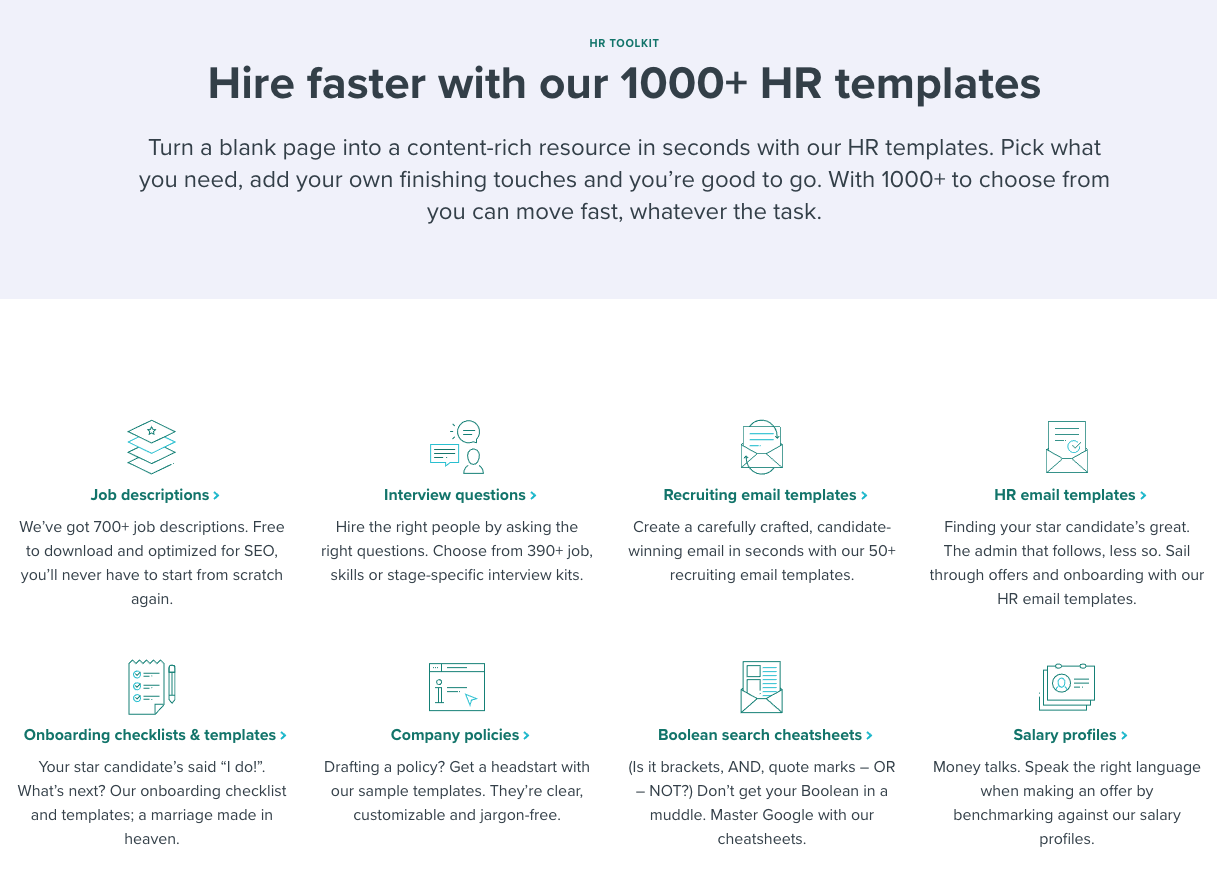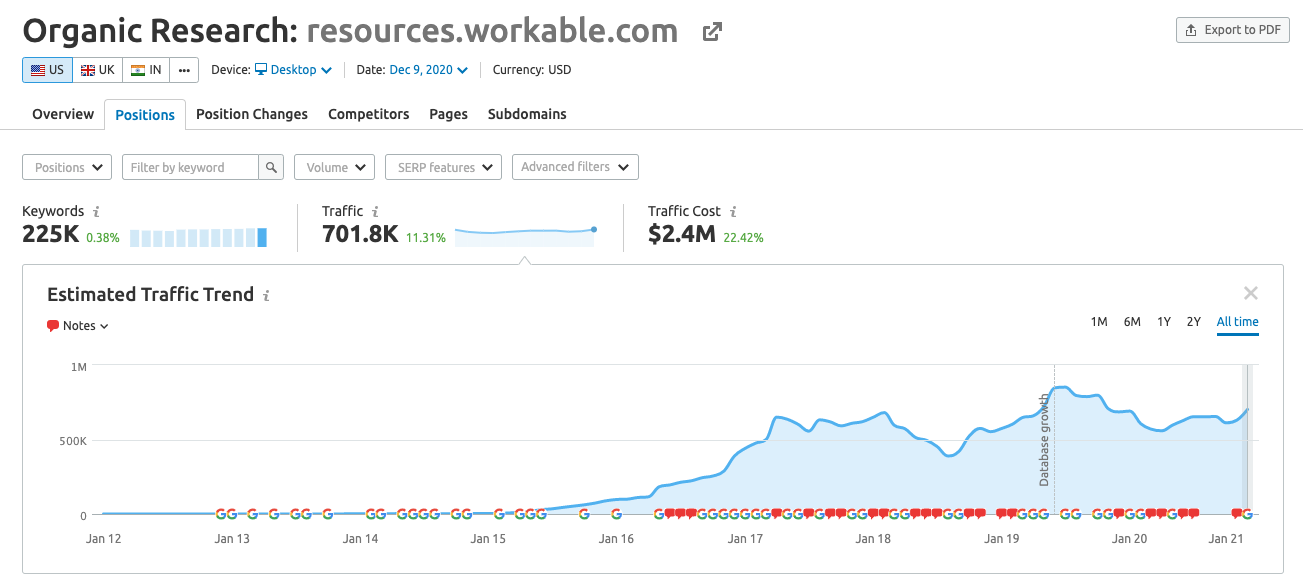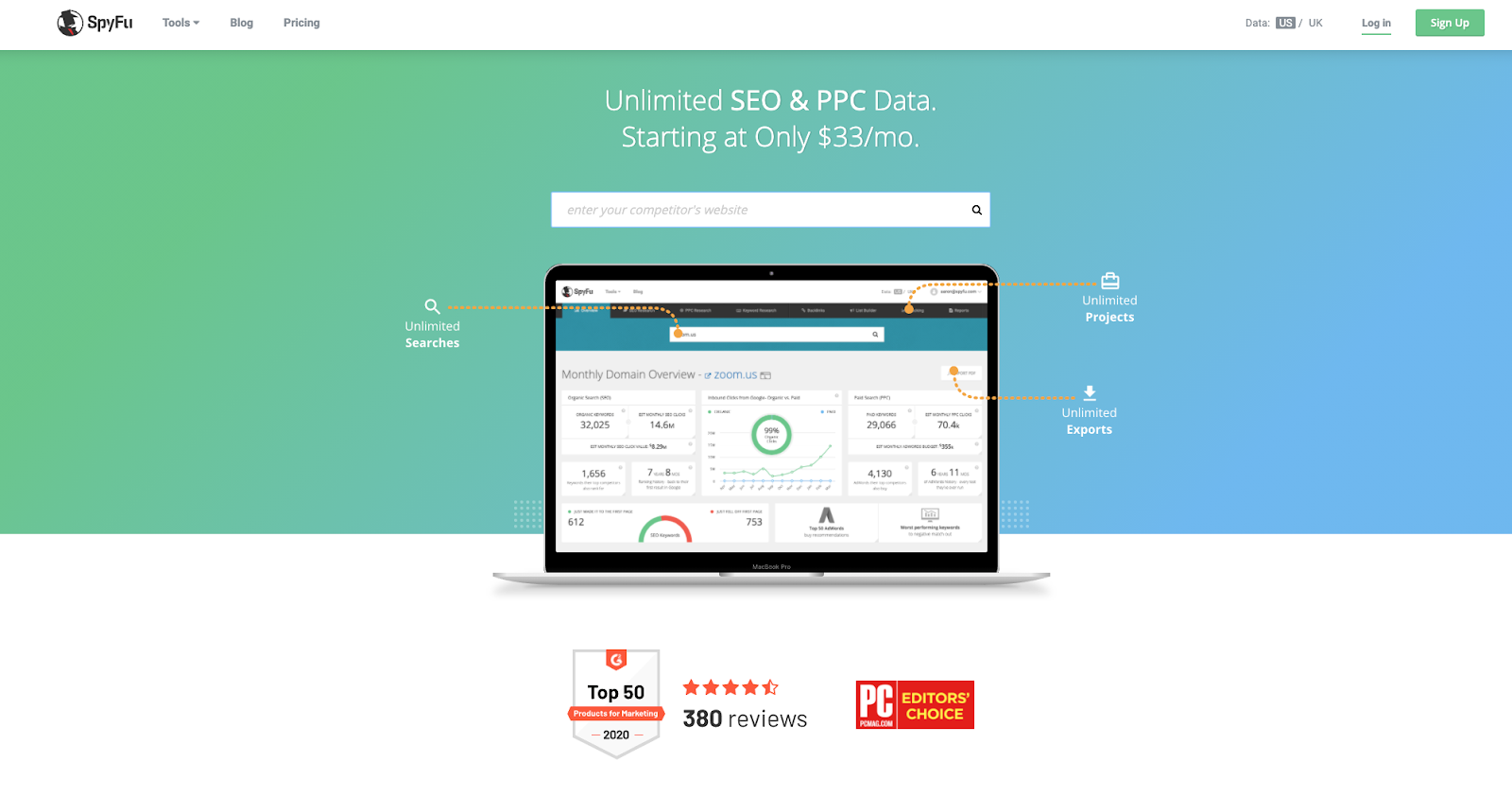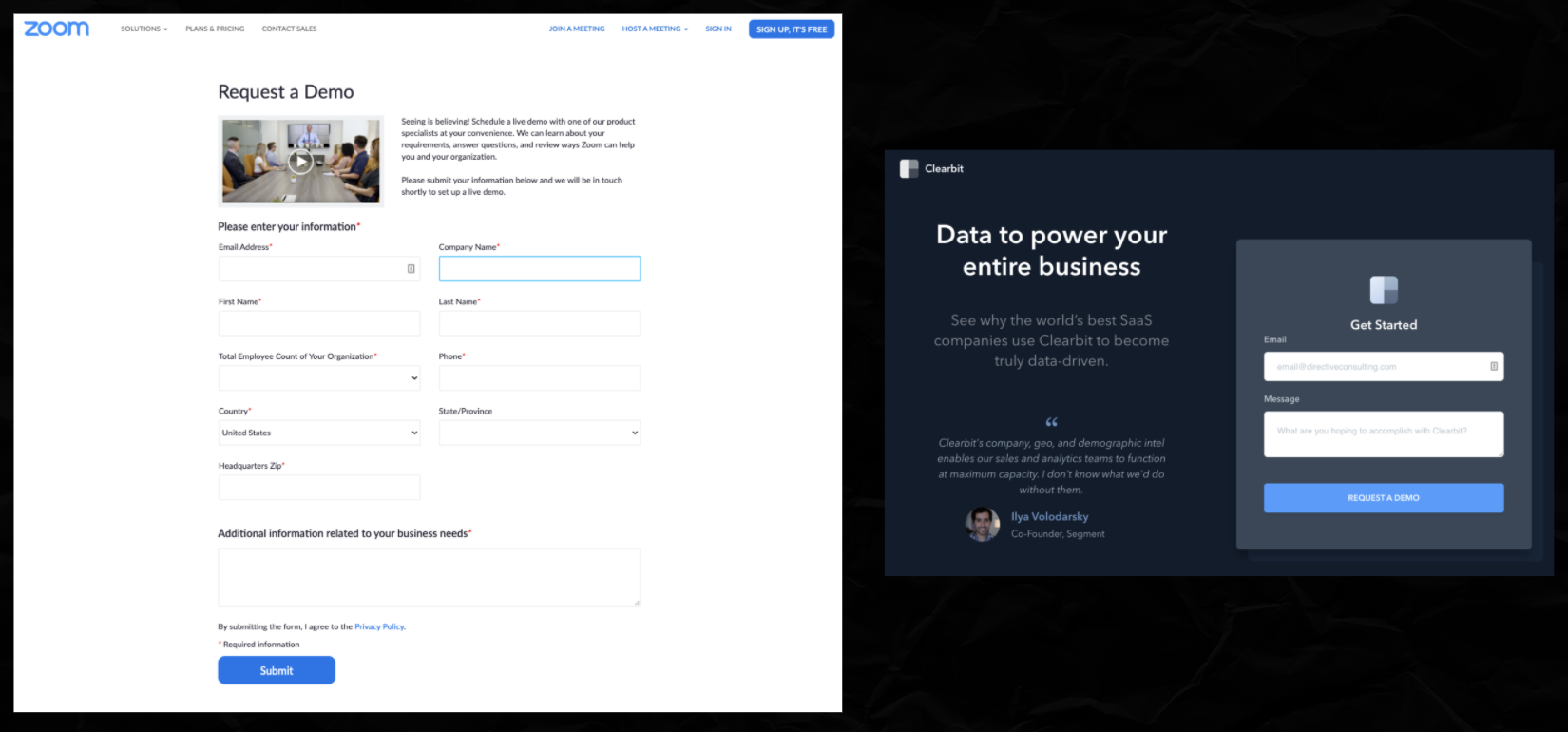SaaS marketing is highly competitive, and you can’t drive demand or adoption until you get in front of your ideal audience.
So how do you make your product discoverable to people who matter?
On June 30, I moderated a sponsored Search Engine Journal webinar presented by Garret Mehrguth of Directive Consulting.
He shared how marketers can increase SaaS conversion and activation rates with better product marketing.
Here’s a recap of the webinar presentation.

Product-led growth is the future of SaaS.
In its simplest form, product-led marketing allows visitors to pre-qualify themselves as a good fit for you before they ever get to talk to a sales development representative.
If you’re in a larger organization, you’ll usually have a sales development team qualifying leads and trying to turn marketing qualified leads (MQLs) into sales qualified leads (SQLs).
A lot of times when you scale, you get a lot of waste in that MQL bucket. This is because people haven’t been able to see your product and pricing yet.
They haven’t been able to determine whether they are a good fit for your product.
To address this, you’ll want to focus on integrating your product into your marketing and allow people to identify if they’re a good fit earlier in the process.
Integrating Your Product Into Your Marketing
The challenge is integrating your product into your lead generation.
Many SaaS companies don’t have a product with a demo environment that allows a sandbox people can play with so it’s not immediately clear to leads how you’ll be able to help them.
The goal is decreasing your prospects’ time to product value. The quicker you can do that, the more successful you can be with your marketing.
You need your ideal customer to feel a “magic moment” with your product. Show them the value your product offers and how it can solve their pain point.
Unfortunately, for most organizations, that magic moment occurs in the sales demo and is not visible in the marketing phase.
You’ll want prospects to experience that magic moment before the form fill, not after.
So, What Does a Magic Moment Look Like?
To give you a better idea, here are some companies that have leveraged the “magic moment” in their marketing.
Example 1: Clearbit
Clearbit, a marketing data engine, integrates their product right on their landing page.
They have a product called Reveal that allows them to identify the site visitor’s IP address and integrate their logo and company name into the landing page.

The irony is that it isn’t what their LinkedIn-level targeting product does, but a different one.
But with this approach, visitors are able to have a unique experience that demonstrates the product firsthand.

They are also able to get a sneak peek of what it would be like to use the product.
Example 2: Workable
On the organic side, Workable’s strategy can be viewed as the pinnacle of SEO.
Typically, when you’re trying to scale an organic search strategy, it’s co-dependent on thought leadership.
But people who should be doing thought leadership pieces in an organization don’t always have the time.
This is where functional content comes in – a tactic that Workable, an HR toolkit, has utilized well.

Workable recognized their target persona – HR admins who have too much on their plate and need to get hiring done.
They came up with all the possible resources that this persona would need to get their job done, including job descriptions, interview questions, and recruiting email templates, among others.
But how can they get someone searching for job descriptions to try out their applicant tracking software (ATS)?
When you click on a specific job description’s landing page, you’ll not only see details about the job but also a call to action (CTA): “Post now on job boards.”
A person who needs a job description for hiring talent will most likely also need a way to distribute that job posting.
Workable was able to turn top-of-funnel organic traffic into bottom-of-funnel growth – and it has done wonders for their SEO.

Example 3: SpyFu
SpyFu, a competitor keyword research tool, knows that if you’re able to experience their product, you’re more likely to pay them.
So on their landing page, they have a single CTA which is to enter your competitor’s website.

Once you click-through, you’ll see a comprehensive report on your competitor, along with a product walkthrough via Intercom.

However, to access all the data points, you will be prompted to sign up for an account.
Example 4: BombBomb
BombBomb, a video email marketing platform, recreated product-led growth by identifying use cases and listing down the outcomes users can accomplish with their product.

They then integrate the product into each use case.

While a lot of organizations create use-case content, often they disconnect the product from the content.
How to Integrate Product + Performance Marketing?
So what can we learn from the above examples?
1. Understand Your Magic Moment
Your organization, especially your marketing team, should know which element in your product customers find the most value in.
Ask yourself: Which feature or product usage milestone is most correlated to account activation (or your own North Star metric)?
Whatever it is, you want to get that out of your demo and into your marketing.
If only your website visitors knew what your product could do for them, then they couldn’t keep doing it the way they have.
2. Create Friction Only Once Value Has Been Created
Most SaaS companies still have “Request a Demo” as their CTA.
Why can’t it be “Watch Demo Video”?
You can still gate this video and collect the lead’s info, but you can give your prospects the value they wanted in real-time.
3. Use Technology to Its Fullest
Solutions such as Clearbit Reveal and Mutiny, a personalization platform, can make your marketing more powerful as they allow you to run personalization with real-time firmographic data.
Additionally, you can use Clearbit or Zoominfo to supply the data you need on your lead instead of asking leads to fill out a form with plenty of fields.

4. Leverage the ‘One Question’ Technique
To best activate leads, you need to know what they’re actually interested in.
Ask them one question: “What are you interested in?”, and then provide choices.

This allows for the segmentation and customization of your email sequences.
Key Takeaways
- Product-led growth is the future.
- The challenge is integrating your product into your lead generation.
- The goal is to decrease your prospects’ time to product value.
- We need your ideal customer to feel a magic moment with your product.
[Slides] How to Integrate Your Product Into Your Performance Marketing
Check out the SlideShare below.
Join Us For Our Next Webinar!
Beyond ROAS: Aligning Google Ads With Your True Business Objectives
Join Justin Covington, Director of Paid Channels Solutions at iQuanti, as he breaks down the Google Ads changes and show you how to use value-based bidding to drive measurable results.
Image Credits
All screenshots taken by author, July 2021


